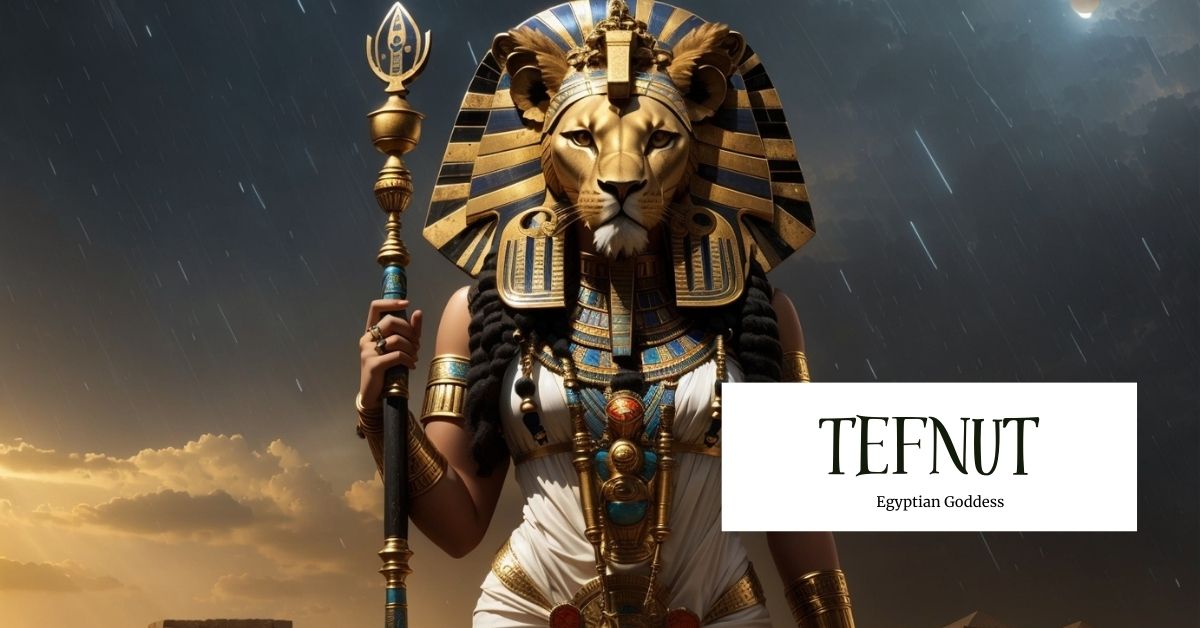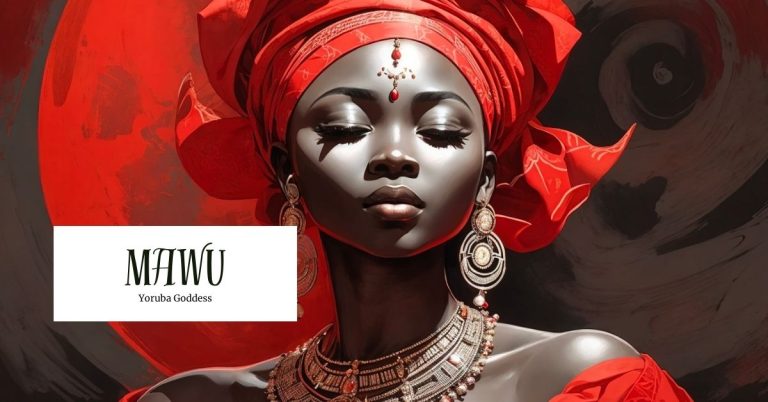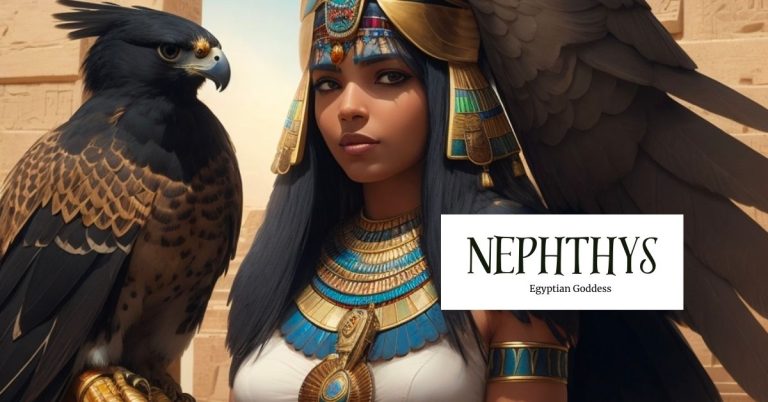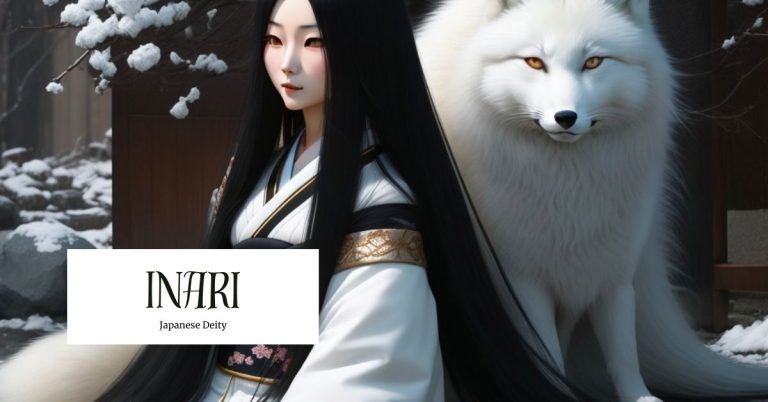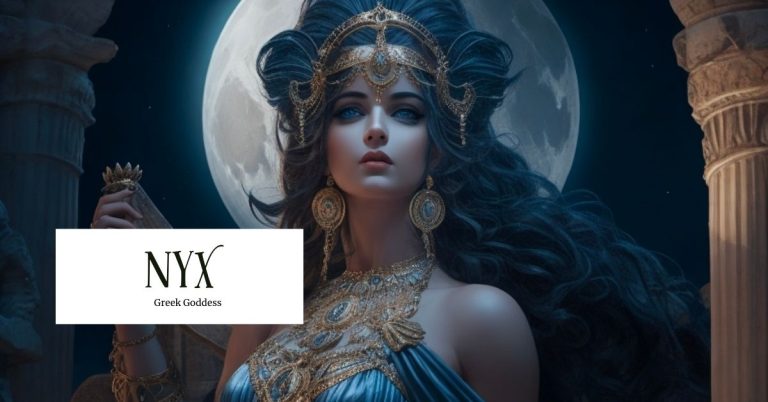Tefnut: The Goddess of moisture, rain and dew
The first Egyptian goddess from Egyptian myth is Tefnut—a goddess known for her wrath and her peace. The daughter of the powerful Atum-Ra (known as both in myth) created from spit, Tefnut is the goddess of moisture, rainfall and humidity. She shares her life with her twin brother and husband Shu, the air god. Tefnut’s impact and history isn’t as thorough as some of the other Egyptian goddesses, but her presence as the first daughter of Ra in the creation of the world makes her a notable point in Egyptian history. Her powers can dictate the way humanity lives and thrives, so gaining this goddess’ respect is a must. Tefnut is a mother, daughter, sister and most importantly—the powerful Eye of Ra.

Source: Study.com
Overview of Tefnut
Tefnut is the goddess of rainfall, moisture, humidity and all things to do with the well-being of the environment and crops. As one of the oldest goddesses in Egyptian history and the daughter of Ra, Tefut has the important title of the Eye of Ra, the feminine counterpart of the sun god Ra’s power. Her identity as a lunar goddess is connected to moisture, and her identity as a solar goddess is connected to dryness. Tefnut is the twin sister and husband of the air god Shu—the two children created by Ra at the start of time. Tefnut and Shu have two children themselves. Geb is the god of earth and Nut is the goddess of the night sky.
Titles
Tefnut name translates to “She of moisture.” Her name could also be an onomatopoeia for spitting, as a reference to the nature of her creation. The roots of her name can be found in ancient Egyptian language for “moist” and “spit.”

Source: God and Demons Wiki
Abilities
Tefnut’s main ability is the power of rainfall. Because Egypt had lots of hot and dry deserts, rain was an especially cherished gift. Tefnut’s rain contributed to the growth of the Nile delta. The Egyptian people believed that as long as the Nile flowed, Egyptian civilization would stand strong. Tefnut could also cause heat waves and droughts, however. Her temper is a significant part of Tefnut and could affect everyone else around her. She is vital to Earth’s growth and flourishment, as well as surviving daily life.
Characteristics
Tefnut is usually depicted as having the body of a human woman and the head of a lion. She wore a solar disc on her head to represent her place as a solar deity. Cobras can also sometimes be seen being worn on Tefnut’s head. She holds a staff in one hand and the Ankh in the other. Tefnut being depicted as a full human is rare.
Traits
The goddess represented peace, fertility and good harvest. Tefnut, however, is also associated with wrath, anger and grudges due to her lioness form. The Eye of Ra is an important trait of Tefnut and can also be attributed to other goddesses such as Hathor, Sekhmet, Mut and Bastet. The Eye of Ra goddess is the mother, sibling, daughter and more of Ra. The eye goddess is usually represented as a lioness, cobra or other protective symbols. The Eye of Ra is an extension of Ra’s powers and is associated with the sun disc. The sun and moon are referred to as the “eyes” of Egyptian gods and goddesses by ancient Egyptians. It is a connection between the eye and moisture, but also the heat of the sun—which connects to Tefnut’s primary powers.
Symbols
Lionesses were a symbol of Tefnut. The Ankh she holds is the ancient Egyptian symbolization of life. The shape of the Ankh is modeled after a sandal strap. The Ankh is often depicted being held or offered by deities or pharaohs. The solar disc, which is representative of sun gods and specifically Ra, on her head represents power and command, while the cobras on her head are celestial signs of protection and defense.

Source: Wikipedia
Festivals and Rituals
Tefnut was part of the original group of nine deities who were worshiped at Heliopolis, a major city in ancient Egypt. Heliopolis and Leontopolis were the two cities with the primary areas for the worship and cult centers of Tefnut. There was a sanctuary called the Lower Menset that was specifically dedicated to Tefnut.
Legends associated with Tefnut
Tefnut was among the first creations of Egyptian gods and goddesses, making her a valuable deity with tight relations to the most powerful gods and goddesses. Tefnut’s altering personalities of wrath and peace make her an interesting topic for legends and myths.
Origin story
According to a popular ancient Egyptian myth, Tefnut is part of the first creation of Egyptian gods and goddesses. The world was dark and watery at the beginning and that is where Atum, considered the first Egyptian god, created himself sitting on a mound that emerged from the waters. Atum created Tefnut and her twin brother Shu by spitting them out of his mouth. Other versions say he sneezed them out. Tefnut and Shu then birthed Geb and Nut, and from them came Osiris, Isis, Seth and Nephthys. This was the creation of an ennead, groups of gods and goddesses in the number nine. Numbers were sacred in Egyptian culture, and nine was no exception. Nine could stand for “all gods.” Egyptians used the number three as plurals, so nine was the plural and plurals. Isis is part of the first family of nine that kickstarted the Egyptian deities in ancient Egyptian culture. Tefnut’s gifts of moisture relate to her creation of being spit or sneezed out.
Creation of humans
Tefnut and Shu are connected to the creation of humans in Egyptian myth. According to the legend, Tefnut and Shu went to go explore the waters of Nun and after some time, their father Ra (Atum) was worried and sent out his Eye to find them. When Tefnut and Shu were returned safely, Ra wept and his tears created the first humans.
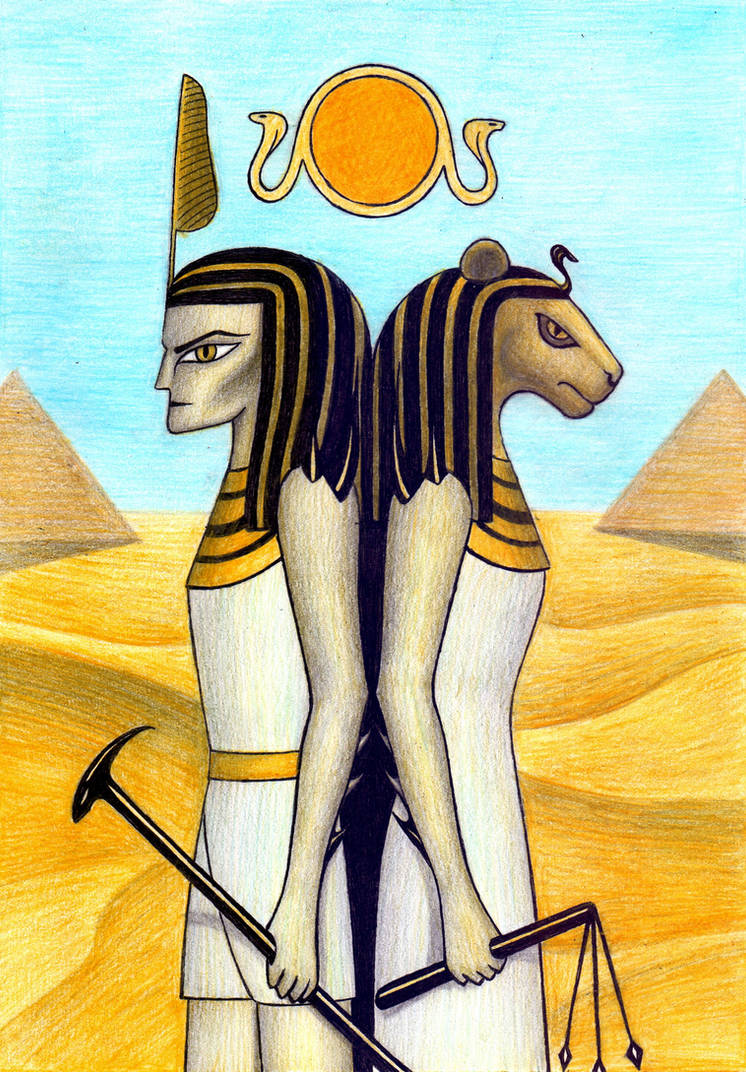
Souce: DeviantArt (made by lizard-mantidae)
Nubia and the return to Egypt
Because of her lioness nature, Tefnut was also a grudge holder and full of wrath. One story notes that Tefnut fled to Nubia when she was upset and took all of her moisture and rain with her. Egypt soon dried up and turned into chaos. While in Nubia, Tefnut turned herself into a lioness and went on a rampage to get back at Ra. Shu was sent to get his sister by their father and tried to convince Tefnut to come back to Egypt. Shu led Tefnut to Egypt with a joyous parade of Nubian musicians and dancers. Tefnut went from city to city to bring back the moisture and rain until she was finally reunited with Ra and took back her place as his Eye.
Final thoughts
Though the information of Tefnut may be limited compared to other goddesses, her title of the daughter of Ra and the Eye of Ra makes her an influential goddess in the ancient Egyptian world. Her double persona as a lunar goddess and solar goddess gives her many abilities that control the well-being of the Egyptian world. Tefnut paved the way for incoming gods and goddesses as the ancient deities continue to grow.
Sources:
Encyclopædia Britannica, inc. (n.d.). Ankh. Encyclopædia Britannica. https://www.britannica.com/topic/ankh
Encyclopædia Britannica, inc. (n.d.-b). Tefnut. Encyclopædia Britannica. https://kids.britannica.com/students/article/Tefnut/313796#:~:text=In%20ancient%20Egyptian%20religion%20and,of%20the%20air%20god%20Shu.
Kabir, S. R. (2022, December 19). Tefnut: Egyptian goddess of moisture and rain. History Cooperative. https://historycooperative.org/tefnut-goddess-of-moisture-and-rain/
Tefnut. Ancient Egypt Online. (n.d.). https://ancientegyptonline.co.uk/tefnut/
Tour Egypt. Egypt. (n.d.). http://www.touregypt.net/featurestories/tefnut.htm
Wikimedia Foundation. (2023, July 8). Eye of ra. Wikipedia. https://en.wikipedia.org/wiki/Eye_of_Ra#:~:text=The%20Eye%20of%20Ra%20or,behaves%20as%20an%20independent%20goddess.
YouTube. (2022, May 30). Tefnut: The Egyptian goddess of rain, water and moisture – ancient gods mythology. YouTube. https://www.youtube.com/watch?v=ffFgMl7baX8

